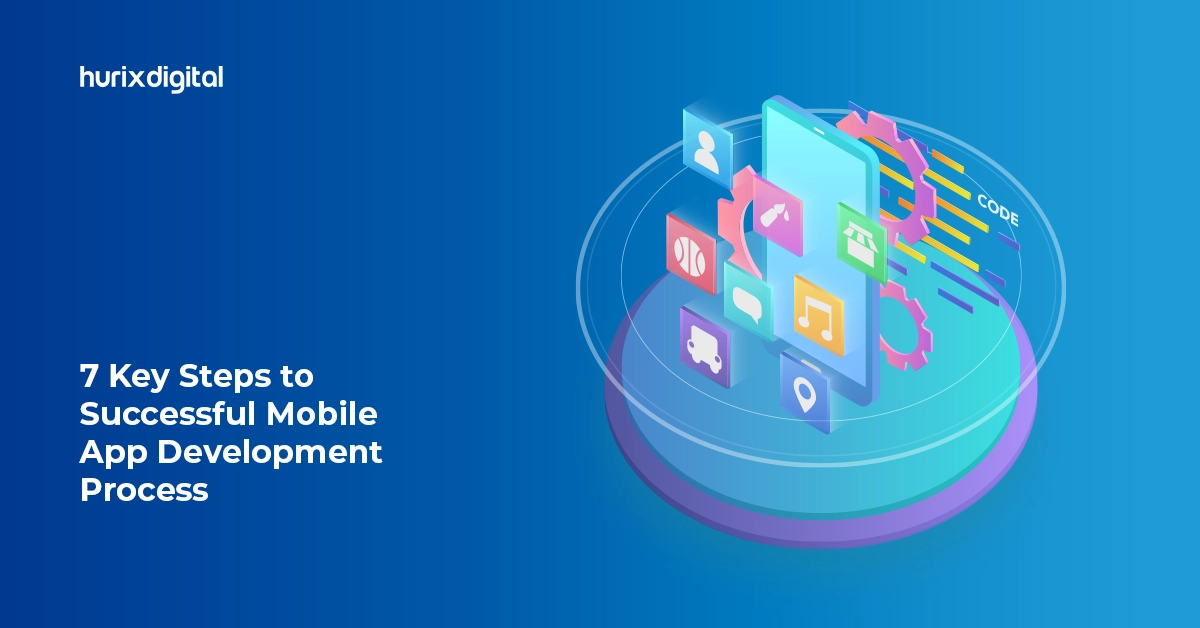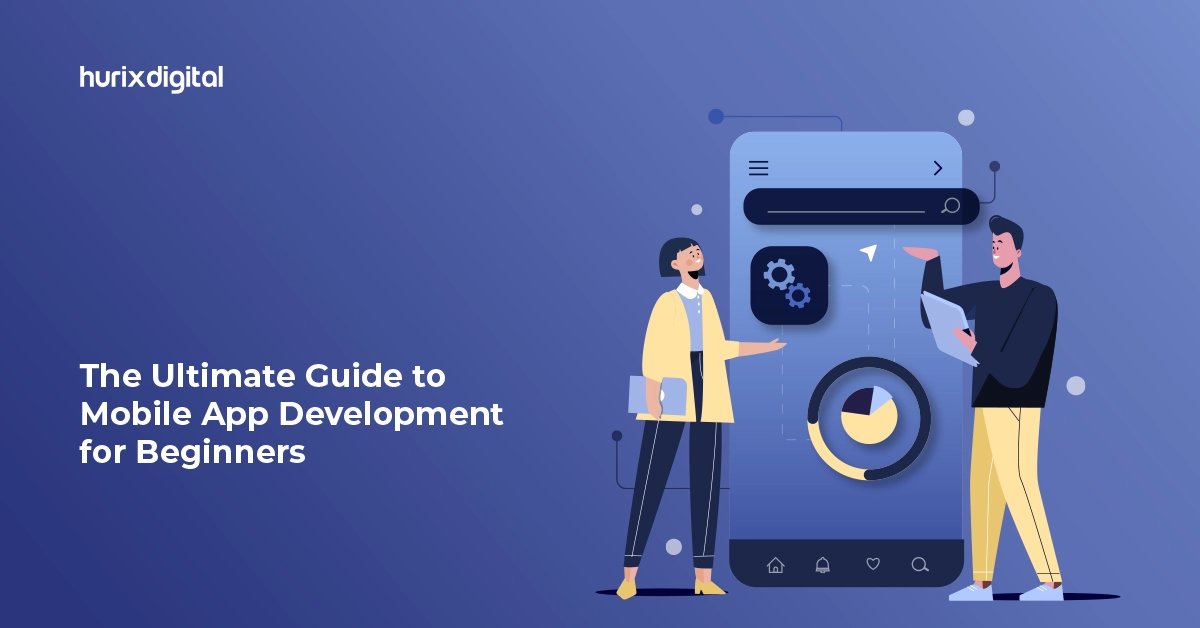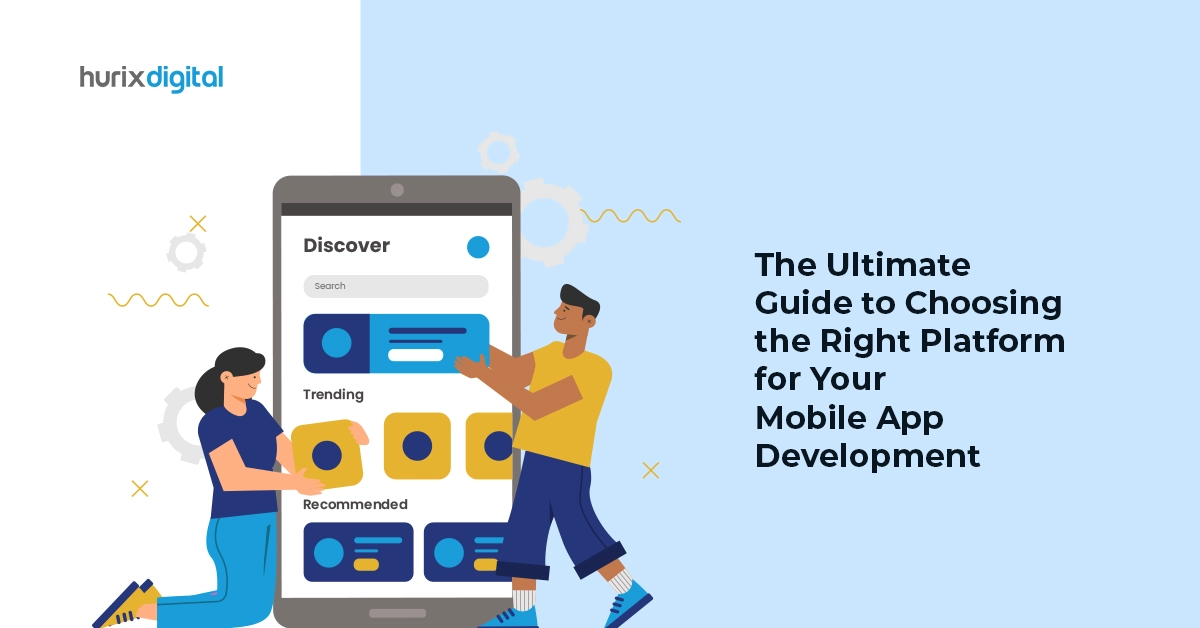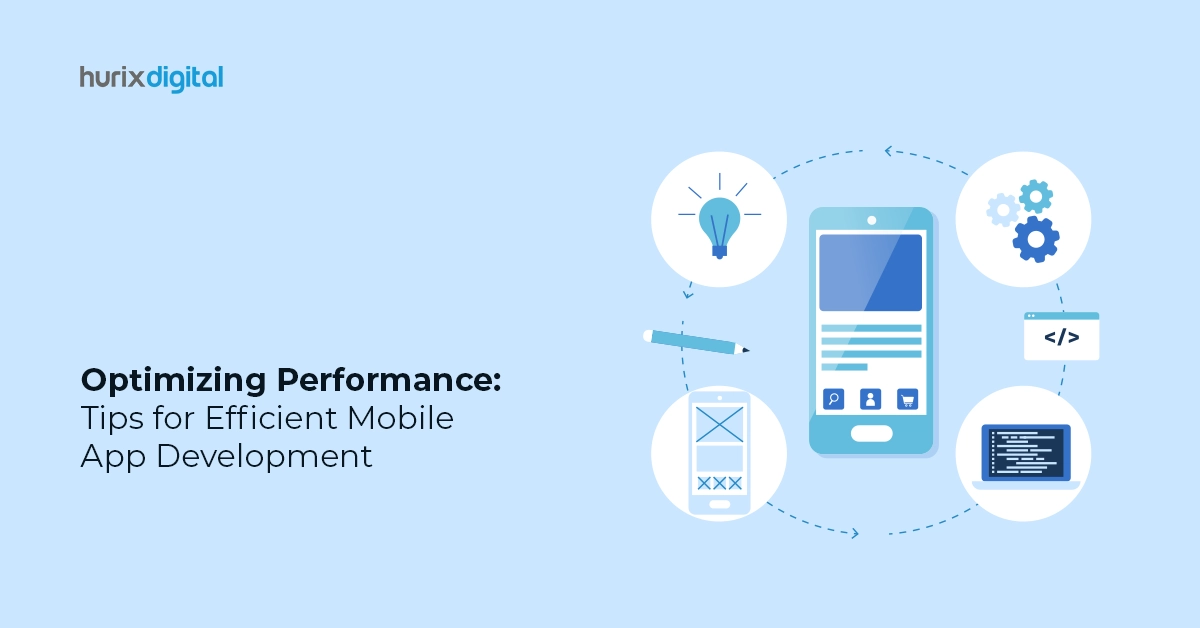Summary
This article explores the most effective mobile app monetization models like paid downloads, in-app purchases, subscriptions, and advertising and provides proven strategies to optimize revenue generation while enhancing user value.
Suppose you have developed a mobile app, congratulations! You have created a valuable piece of intellectual property that has the potential to generate revenue. However, many app developers need help to effectively monetize their apps and realize their full money-making potential. In this blog post, we will explore proven monetization strategies and best practices to help you maximize your mobile app revenue.
Table of Contents:
1. Why Monetize Your App?
2. Monetization Models
3. Strategies to Optimize App Monetization
4. Conclusion
Why Monetize Your App?
Before we dive into specific monetization tactics, it’s important to understand why monetizing your app matters. Here are some of the key benefits of generating revenue from your mobile app:
- Offset development and maintenance costs: The costs involved in designing, building, and supporting an app can add up quickly. Monetization provides an income stream to cover these expenses.
- Turn your app into a sustainable business: Revenue allows you to turn your app from a passion project into a profitable enterprise that can support continuous enhancement and innovation.
- Fund future apps and ventures: Once you have a steady revenue engine, you can use those profits to fund your next app or side project.
- Maximize the value of your work: Effective monetization allows you to extract financial value from your app’s utility and entertainment value.
Also read: How IoT Will Impact Your Mobile App Development
Monetization Models
Now let’s explore some proven monetization models to capitalize on these benefits.
1. Paid Apps
The most straightforward approach is to charge users an upfront fee to download your app, known as a paid app strategy. This monetization model has some advantages:
- Simplicity: It’s easy to understand and implement. Just set a price and collect payment upon download.
- Revenue up front: You get paid immediately rather than having to build an audience over time.
- Higher commitment from users: Those willing to pay are more engaged and inclined to use and recommend your app.
However, the downside is that paid apps see far fewer downloads than free apps, so you miss out on reach. Therefore, this model works best for niche apps that solve a specific need for a target audience willing to pay.
2. In-app purchases
In-app purchases allow users to download your app for free but pay for additional content or features. There are several variations of this monetization strategy:
- Premium app upgrades: Offer an enhanced, ad-free version of your app for a fee.
- Virtual goods: Sell virtual coins, gems, costumes, or accessories to enhance gameplay.
- Premium content: Provide access to exclusive or downloadable content like videos or news articles.
- Digital services: Offer digital services within the app, like booking classes or appointments.
The advantage of in-app purchases is you remove barriers to download and can build an audience over time. You also cater to super fans willing to pay for a richer experience while maintaining a free app for casual users. The downside is the added complexity of managing free vs. premium app functionality.
3. Subscriptions
With a subscription model, users pay a recurring fee, often monthly or yearly, to access your app and its associated benefits. This approach generates predictable, recurring revenue. Some options include:
- Full app access: Charge for full access to your entire app.
- Tiered plans: Offer standard, pro, and premium plans at different price points.
- Premium content: Subscriptions for access to certain content types, like instructional videos.
Subscriptions work well for apps that provide continually updated or exclusive content. The steady income allows you to invest in high-quality content and features to retain subscribers. Avoid making users pay for core app functionality, as that quickly degrades user experience.
4. In-App Advertising
If you want to keep your app free, in-app advertising is a viable monetization model. Here are some types of in-app ads to consider:
- Banner ads: Static images or text ads are displayed within the app interface.
- Interstitial ads: Full-screen ads are displayed during natural transition points within the app.
- Video ads: Short video ads are played at appropriate points during app use.
- Native ads: Advertising content blended into the natural UI, like sponsored content in a news feed.
Advertising is a popular approach because implementation is relatively easy through mobile ad networks. Revenue is based on impressions, clicks, or actions. However, ads can clutter the user experience, so be selective about placement and frequency to avoid irritating your audience. Also, investigate ad mediation platforms to optimize yield across multiple networks.
5. Sponsorships
Seek out relevant brands who may want to sponsor elements within your app. Options can include:
- Sponsored content: Have a brand pay to produce a custom content series.
- Sponsored items: Product placement of branded virtual goods.
- Co-branding: Display a brand’s logo or custom imagery within the app.
- Naming rights: Brand a section of the app, like the “Nike Shoe Store”.
Sponsorships allow you to earn revenue while retaining control over the user experience. Brands also help promote your app to new audiences. For best results, pursue sponsorships that feel natural and additive to users.
6. App Referral Programs
Encourage users to recommend your app to friends and contacts in exchange for rewards. Tactics can include:
- Sign-up incentives: Offer existing users credits or status for getting new users to download the app.
- Social sharing: Encourage social sharing and provide rewards when downloads result from shares.
- Referral codes: Have existing users generate custom referral codes and offer perks when their code is used.
Referral programs help drive viral growth by leveraging your existing audience. Rewards for referrals should be lucrative enough to motivate participation without devaluing the user experience.
Also read: Different Types of Mobile Applications: Native, Hybrid & Web Apps
Strategies to Optimize App Monetization
Beyond selecting the right monetization models, there are some best practices that can help maximize revenue:
1. Test pricing: Experiment with different price points and pricing models to find the optimal balance of revenue versus unit sales. Make data-driven decisions.
2. Research competitors: Study how popular competitors monetize. Look for common practices as well as areas of differentiation.
3. Time it right: Don’t start monetizing too early or late in the app lifecycle. Wait until you have enough users to generate material revenue.
4. Use subtle nudges: Gentle reminders and prompts can encourage users to view ads, make purchases, or share the app. Don’t be too aggressive.
5. Monitor metrics: Track revenue data, conversion rates, churn, and other key metrics. Analyze the results to iterate and improve.
6. Enhance value: Invest revenue into making the core app better through features, content, and design. This brings in more users willing to pay.
7. Promote app commerce features: Showcase and explain the ways users can spend money within the app. Eliminate friction in purchase flows.
8. Highlight customer value: Communicate the value unlocked with app purchases and subscriptions. Spotlight content and features exclusive to paying users.
Monetizing your mobile app takes some strategic thinking, creative testing, and commitment to optimizing the user experience. However, by following the guidance in this article, you can develop a monetization approach that generates meaningful revenue while keeping your customers happy.
Conclusion
Monetizing a mobile app presents a valuable revenue opportunity if done right. The key is choosing monetization models like paid apps, in-app purchases, and advertising that aligns with your audience and app capabilities. Focus on creating customer value, implement carefully, track data, and refine your approach. With the strategies outlined in this article, you can build an effective monetization plan tailored to your app’s unique needs.
Hurix Digital specializes in providing comprehensive solutions for app developers looking to maximize their app’s monetization potential. With tailored strategies, expert insights, and a track record of successful implementations, Hurix Digital empowers developers to optimize revenue streams and enhance user experiences effectively.
Contact us for more info!
Read more:
The Role of AI and Machine Learning in Modern Mobile App Development Solutions
Advantages of using AI in language learning mobile applications











